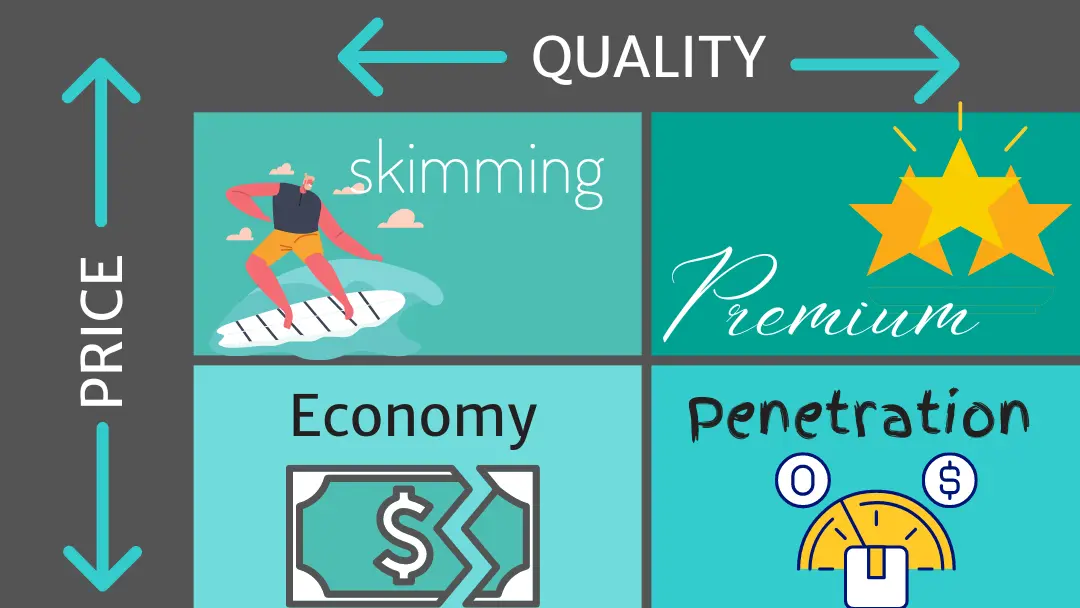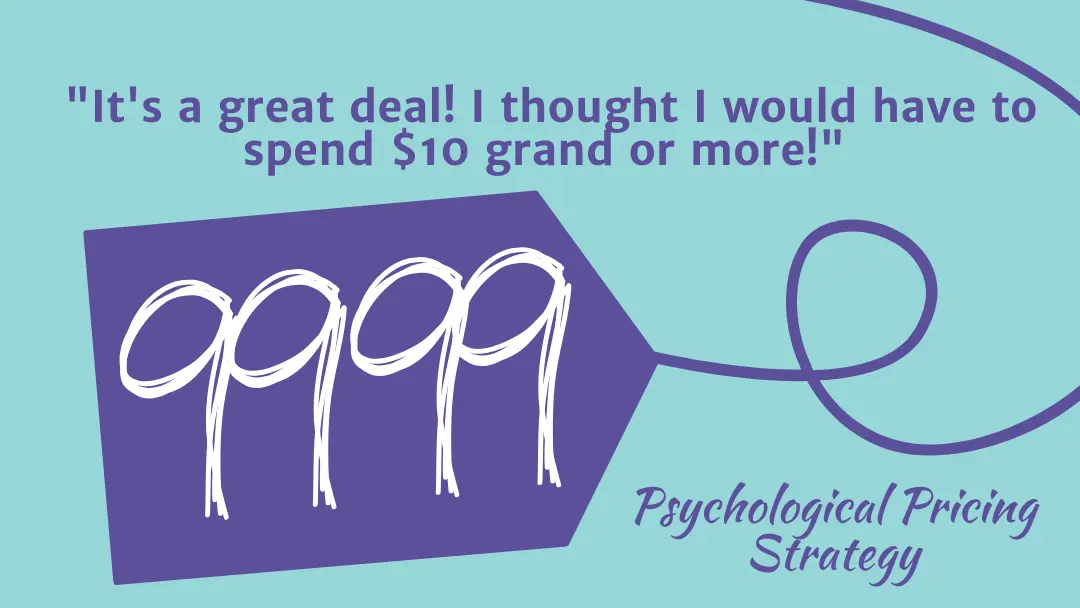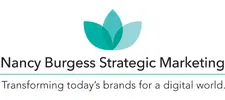Product, Price, Promotion, and Place
With all the enthusiasm about digital marketing tactics such as social media, search engine optimization, and email marketing, it’s easy to lose sight of tried and true marketing components, such as assessing the competitive landscape with marketing research or the four P’s of marketing.
Traditionally, the four Ps of marketing are product, price, place and promotion. This article focuses on the second P of marketing for small businesses: pricing strategies.
“Goldilocks” Pricing Principle: Getting It Just Right
Price your product or service too low, and you’ll soon be filing bankruptcy. Even if you stay in business, your customers may view your low-cost product as a commodity and not value your product or service. Too high of a price and you won’t have customers or maintain your loyal customer base.
How do you obtain that Goldilocks “Just Right,” win-win price point for you and your customers? That price that allows your small business to thrive, turn a profit and generate future sales?
Four Pricing Strategies That Consider Quality
There are 4 classic quadrants of pricing based on the quality and price, shorthand for these are Economy, Penetration, Skimming and Premium. (See graphic)
1. Price Skimming Strategy for Innovative Products
Price skimming involves entering the market with an initially high price. This is a good strategy for recouping development costs, and prices are often reduced gradually once early adopters have saturated the market or when competitors enter the market. It can create the impression of quality and exclusivity.
Price skimming can be used with innovative or unique products and those with competitive advantages. Electronics often enter the market with price skimming strategies. The first flat screen television cost $15,000 in 1997. Now the same size TV costs several hundred dollars.
If your product is unique, innovative, or offers significant competitive advantages, you may want to enter the market with a price-skimming strategy.
2. Premium Pricing Strategy for Unique, First-to-Market, or High-Quality Products
Premium prices are higher than competitors. If a small business opts for premium pricing, the look and feel of the office furniture or store should be high-end. Likewise, the packaging should give the impression of quality.
Designer clothes, some cosmetics, and the iPhone apply premium pricing strategy.
Can you offer unique, high-end, high-quality products or services? Do you have a first-to-market competitive advantage? If so, then premium pricing may be right for your business or product.
3. Economy Pricing Strategies Unsuccessful for Small Business
Economy pricing is used for high-volume, low-cost, no frills products or services. It appeals to price-sensitive customers. This strategy is rarely effective for small businesses with low volumes and can put a small business at risk. It can, however, be used selectively to target high-value or loyal customers.
Discount retailers such as Wal-Mart and Aldi are good examples of businesses using economy pricing. They are able to buy high-volume, bulk items that can be sold at discounted prices.
Do you have select customers that you want to offer discounts? If so, you might apply a modified economy pricing strategy for these individuals.
4. Market Penetration Pricing Strategy for High-Quality Products
A market penetration strategy offers high-quality products or services at an initial lower price. It is intended to draw business away from competitors. This strategy can attract customers. It can also result in weak or no profits—especially initially. It can also result in a price war between competitors.
Internet and cell phone providers often use this market penetration pricing strategy—reducing the barrier to entry and raising prices once customers are on board. This can result in a backlash from customers who don’t appreciate the price increase and feel devalued by the bait-and-switch tactic.
An initial low price or proposal may help get customers in the door for your small business. Just be sure to offer continued value and consider loyalty programs to keep your customers.

Other Pricing Strategies
5. Competitive Pricing for Small Businesses With Similar Products or Services
A competitive pricing strategy assesses the market place through market research, then sets a price point that is lower than competitors.
A company that offers to match any competitor’s price is using a competitive pricing strategy.
This can be a useful strategy if your product or service is similar (or the same) as others. There are a few inherent dangers in a competitive pricing strategy. One is that your profit margins may be too slim if you price all your products or services this way. It may also lead to competitive pricing wars.
6. Psychological Pricing for Small Businesses
A psychological pricing strategy is one that is not necessarily based on logic, but engenders an emotional feeling of getting a good deal in the customer’s mind.
For example, “charm pricing” ends in 9. A product that is priced at $19.99 rather than $20.00 is only a penny difference, but appears to be a better deal because customers focus on the left digit. Choosing prices with fewer syllables, omitting the currency symbol, and dropping the comma are also examples of psychological pricing.
Small businesses can take advantage of psychological pricing techniques. After all, what customer wouldn’t want to feel like they are getting a good deal?

7. Bundled Pricing to Offer More Types of Service
Bundled pricing offers a group of services at a rate that would be less expensive than purchasing each service or product separately.
Xfinity’s “triple play” offer of phone, internet and cable at a discounted price compared to each service individually is an example of a bundled service.
A bundled pricing strategy can help to upsell a customer on an additional service that she may not originally have intended to get and simultaneously provide greater perceived value of getting “more bang” for the buck.
For a small business, bundled pricing can allow more projects in the door, build a portfolio or garner more types of customers. The challenge with a bundling strategy is line item pricing when the services are not being bundled. Customers may believe they should get the unbundled price.
8. Captive Pricing for Ongoing Customer Use
Captive pricing creates an automatic market for additional products or services.
For example, a website with an ongoing high monthly fee of or the cost of the ink cartridges for a printer.
Do you have a product or service that requires ongoing maintenance or the use of disposables? If so, captive pricing may be appropriate for your business.
“A cost-plus pricing strategy may not consider the experience or expertise of the individual(s) involved, the value of a premium product or service, or what the market will bear.”
9. Optional Pricing for Add-Ons
Would you like fries with that? Adding an optional product or service to the bill is another pricing strategy called optional pricing. Another example of this is additional leg room or bag check on an airplane.
Are there other products or services that you can offer your customers? If so, your small business might benefit from an optional pricing strategy.
10. Cost-Plus Pricing to Recoup Small Business Costs
A cost-plus pricing strategy involves determining the flat fee to produce the product or service and adding a flat percentage for profit.
For example, a graphic designer may charge an hourly rate. A common strategy, it does not consider what competitors are offering and does not take into account additional intellectual capital.
While this may prevent under-pricing your products and bleeding your cash flow, a cost-plus pricing strategy may not consider the experience or expertise of the individual(s) involved, the value of a premium product or service, or what the market will bear.
11. Promotional Pricing to Introduce Products to a Broader Audience
Sales, buy-one-get-one free offers (BOGOs), coupons and discounts are all examples of promotional pricing strategies that can be used for small businesses.
These promotional pricing offers can help small businesses to obtain new customers. Be careful not to devalue your service or discount your products too deeply.
Summary
Keep in mind that other factors affect your customers willingness to buy your products or services besides pricing strategies. Factors such as trust, perceived value, and branding will impact what your customers are willing to pay for your small business product or service.
Besides pricing, explore the key components of a marketing plan.
Nancy Burgess

